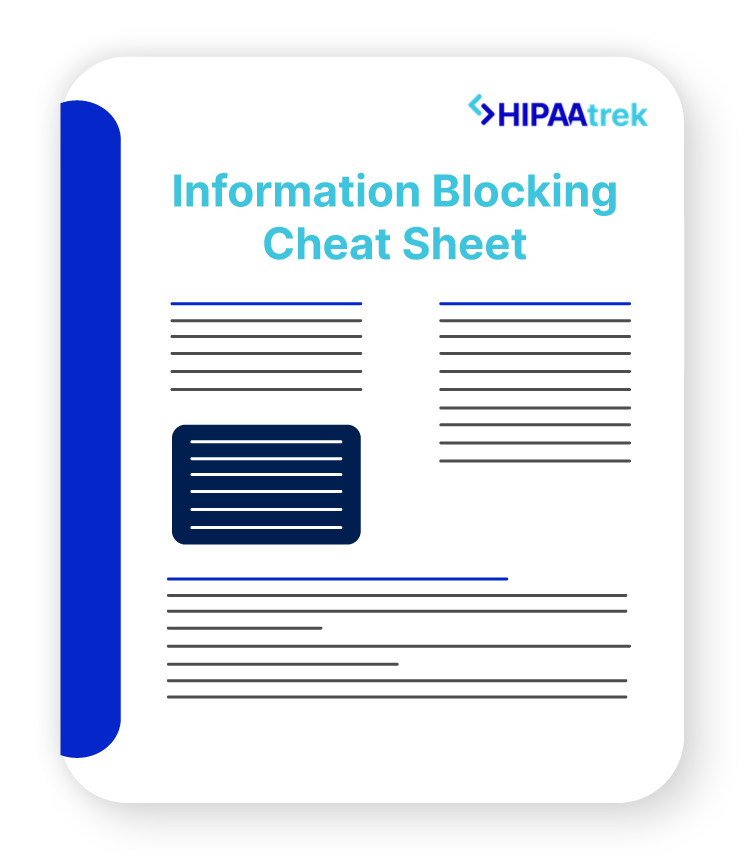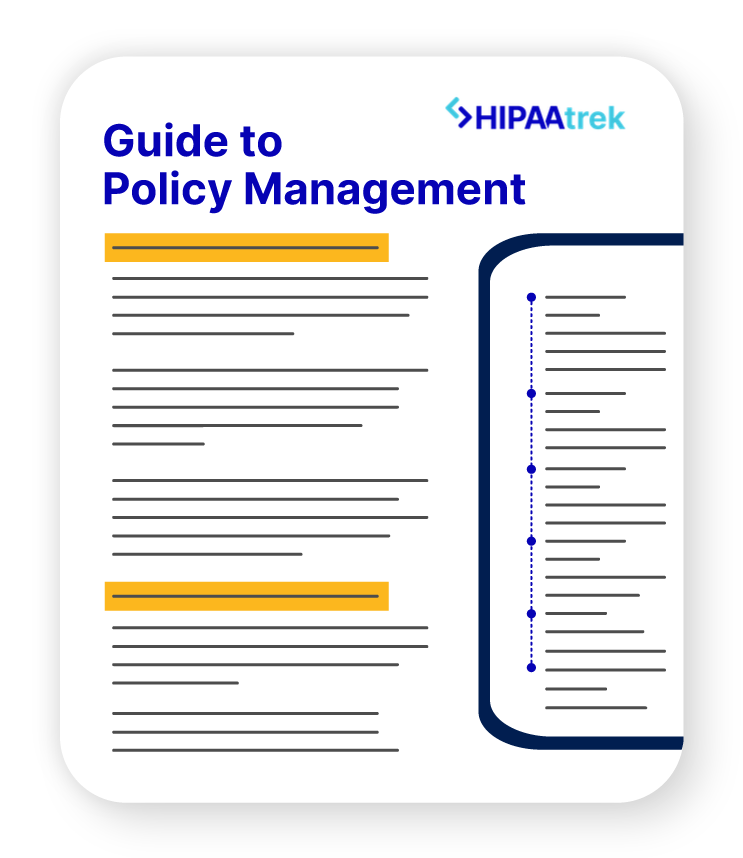Whether you’re trying to increase budget for compliance, build organizational buy-in, or communicate needs on behalf of the compliance department, it is critical to know how to speak to the specific concerns of the c-suite.
That’s why today, we’re sharing the best ways to reframe compliance for your leadership team, making the business case for compliance.
We’ll show you how to frame compliance as a revenue protector, and incorporate compliance into strategic decision making.
By speaking to the business side of compliance, you can effectively build compliance into the fabric of your organization, taking it from a hurdle to overcome, to a natural part of processes across the organization.
Compliance Impacts the Entire Organization
One of the greatest challenges to many compliance departments is mindset—that is, the way compliance is thought of. At many organizations, compliance is either seen as a hurdle to overcome or as an enforcement department, punishing those who make mistakes.
This perspective not only hurts the ability to build compliance buy-in across the organization, but it isn’t true. Compliance is much more than a checklist of rules to be followed.
Strong compliance departments are seen as a department of knowledge that can contribute to projects large and small.
In healthcare organizations in particular, HIPAA regulations have impacts across departments—from human resources to IT, and, of course, clinical operations. In fact, compliance can support business strategies, promote growth, and build organizational resilience.
Shifting to this perspective of compliance—not just HIPAA compliance, but all regulations—contributing to the organization instead of as a hurdle to overcome starts at the top.
That’s why it is key to reframe compliance for the leadership team—so they can see compliance as more than following the rules.
After all, when the leadership team understands the importance of compliance, compliance officers are consulted and incorporated into business strategy in a collaborative way.
Reframing Compliance for the Leadership Team
Aside from communicating the value of compliance across the organization, there are a few key ways you can reframe the compliance conversation to speak to the business needs of your organization.
1. Regulatory Risks and Requirements
Ultimately, any kind of business is subject to certain regulatory requirements, but especially healthcare organizations.
Ideally, organizational leadership should understand the importance of complying with HIPAA and other regulatory requirements. But, by reframing effective compliance today as a way to prevent unnecessary spending later, you can help keep everything in perspective.
Whether or not the compliance department is consulted, these requirements will still apply—and so will enforcement activity, audits and potential fines. Organizations that choose not to prioritize compliance may save time and money in the short term, but ultimately take on unnecessary risk.
That’s why a clear system for organizing, understanding and tracking compliance is critical—as is investing in the appropriate tools to ensure compliance.
2. Compliance as a Revenue Sustainer
While organizational leadership may have some understanding of the financial risks of major fines for non-compliance, the prevailing perspective is often that compliance is an expense.
Reframing this perspective of compliance is critical to making the business case for compliance. Instead of a cost center, conversations with leadership should reframe compliance as a revenue sustainer.
The primary role of a compliance department is to manage risk—understanding regulations, where the organization fits within those requirements, and what is holding the organization back from reaching them.
Whether it is one person or a whole department, compliance helps identify issues early, avoid hefty fines, and mitigate risk.
When it comes down to it, the compliance department protects every other department in the organization.
By reframing compliance as a revenue sustainer instead of an expense, you can ease budgeting conversations. With this new perspective, investments like compliance software or additional staff become a logical choice to save time and money while protecting the organization more completely.
3. Compliance and Strategy
Finally, you can reframe the conversation around compliance by fighting to be included in strategy and planning meetings.
After all, consulting compliance officers once plans have already been made can result in a waste of time and resources when issues are eventually flagged.
In early strategy meetings, reinforce the value of compliance to business strategy by listening, identifying compliance concerns, and making recommendations.
Cite the potential impact on the organization of each unchecked compliance issue. When you do, the leadership team will have tangible evidence of the value of incorporating compliance and strategy from the beginning.
Using a tool like HIPAAtrek compliance software can keep your policies organized so you always have the information you need available quickly–even during strategy meetings.
Making the Business Case for Compliance
Organizational buy-in is critical for any compliance department looking to make a real difference and build compliance into routines.
By reframing the conversation around compliance to focus on regulatory requirements, sustaining revenue, and business strategy, you can create a mutually beneficial relationship for both compliance officers and the c-suite.
Ready to make the business case for HIPAA Compliance?
Schedule a demo to see how HIPAAtrek can work for your organization.













